Plunge into the new year with these 7 books on mental health that address the topic sensitively and encourage you to reach out for help if you deem fit!
There is no standard normal. Normal is subjective. There are seven billion versions of normal on this planet.
– Matt Haig, Reasons to Stay Alive
Books that explore mental health the right way are far and few – having to explore the intricate and often challenging terrain of mental health with sensitivity and depth is difficult, to say the least. But fear not, dear reader. We have researched and come up with a list of books that tackle mental health sensibly, books that offer an intimate and honest portrayal of the human condition, and that present a diverse array of emotional landscapes, struggles, and moments of resilience.
Understanding, empathising, and unravelling the complexities of mental health are pivotal in creating a compassionate society – which is all the more important in today’s world. Through literature, a myriad of emotional landscapes, from the darkest depths to moments of resilient light, are laid bare. We will explore a list of books that dive into the various facets of the human condition in their pages.
- The Bell Jar by Sylvia Plath
- It's Kind of a Funny Story by Ned Vizzini
- Girl, Interrupted by Susanna Kaysen
- Turtles All the Way Down by John Green
- The Silver Linings Playbook by Matthew Quick
- Hyperbole and a Half: Unfortunate Situations, Flawed Coping Mechanisms, Mayhem, and Other Things That Happened by Allie Brosh
- Eleanor Oliphant Is Completely Fine by Gail Honeyman
The Bell Jar by Sylvia Plath
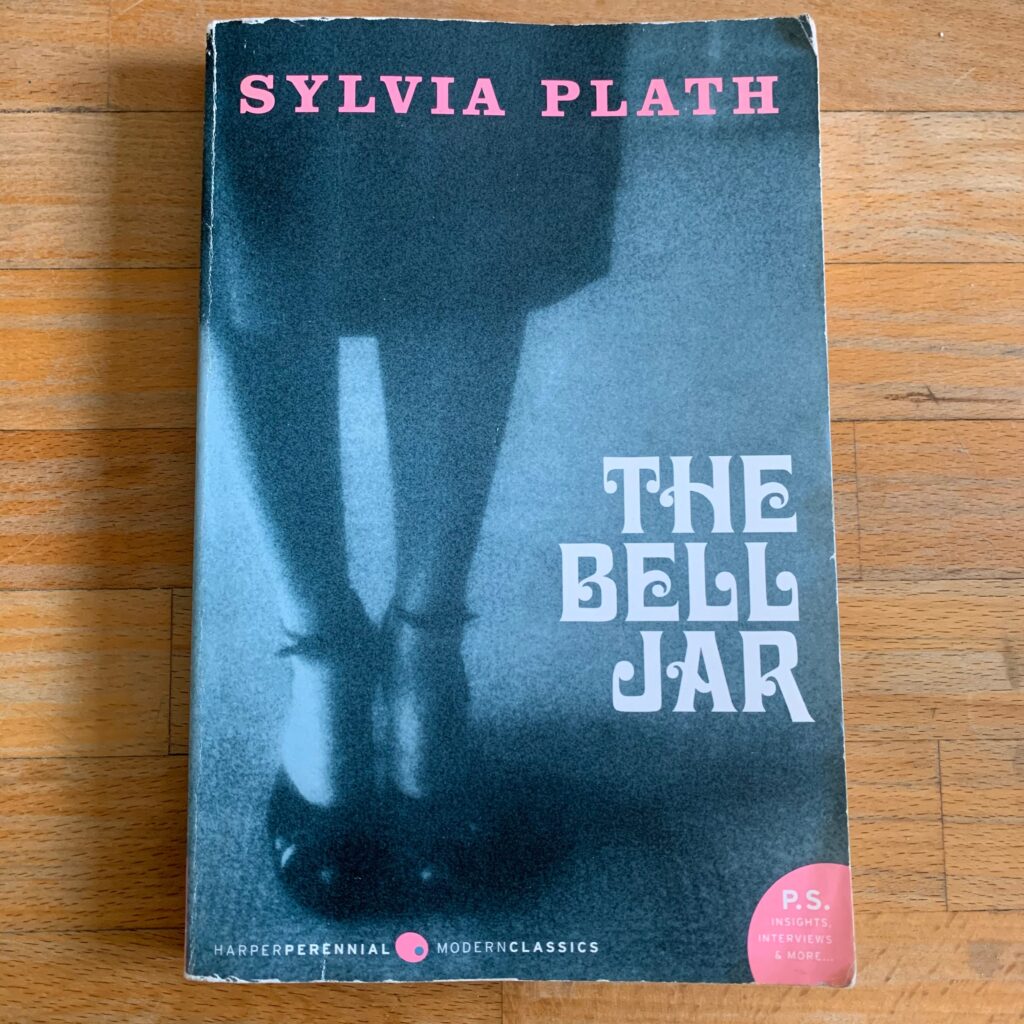
Published in 1963 by poet Sylvia Plath, The Bell Jar follows Esther Greenwood through her journey of self-discovery as a working woman in the 1950s. Esther, a talented and ambitious young lady, secures an internship at a prestigious magazine based out of New York where she now has to move, only to end up being overwhelmed by societal expectations and the oppressive constraints placed on women during this era. As she struggles with the pressure to conform to traditional gender roles, her mental health deteriorates, and she descends into a harrowing struggle with depression.
The novel provides a raw portrayal of her turmoil, as she contemplates suicide and tries to take up potential solutions, none of which end up working. The plot of the novel follows Esther’s emotional unravelling and explores the impact of societal norms and expectations on a person’s mental well-being. The bell jar symbolises both her physical isolation from the rest of the world, as well as the mental walls she has built to keep away from the world. By inviting us into Esther’s world, supposedly at least semi-autobiographical, Sylvia Plath makes you feel like you know her, or in some cases, you are her. She sheds light on the complexities of mental health care in the mid-20th century and sparks important conversations on addressing mental health issues with empathy and support.
It’s Kind of a Funny Story by Ned Vizzini
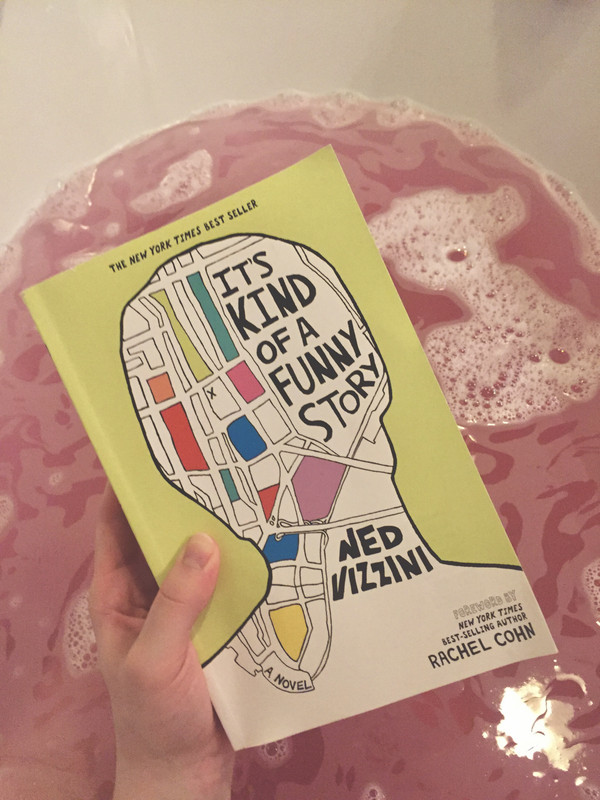
Craig Gilner is a high school student, who has worked hard to get into a prestigious school to help with his further studies. However, once in, he faces the overwhelming demands of academic success and the relentless pressure to achieve perfection and realises that he may not be cut out for the school at the present moment. Struggling with anxiety, and the weight of scholarly expectations, he reaches a breaking point, and realises he needs help. Instead of succumbing to his inner turmoil, he makes a bold decision to check himself into a psychiatric hospital.
As Craig embarks on a five-day stay in the mental health facility, the narrative unfolds within the confines of the hospital walls. Here, he is admitted to the adults’ section as the adolescent section is full, and this is where he encounters a diverse cast of fellow patients, each with their unique struggles and stories. The story delves into the complexities of mental health, showcasing the shared humanity and vulnerability of those undergoing treatment. As he participates in therapy sessions and connects with his peers, the story navigates through the highs and lows of Craig’s journey, blending moments of introspection, humour, and overwhelming emotion.
Girl, Interrupted by Susanna Kaysen

In Girl, Interrupted by Susanna Kaysen, we are welcomed into the author’s autobiographical account of her time in a psychiatric hospital during the late 1960s. The narrative revolves around Kaysen’s experiences at McLean Hospital, where she is admitted after a consultation with a psychiatrist. Initially intended to be a short stay, Kaysen finds herself caught in the complex web of mental health and treatments as she is diagnosed with borderline personality disorder after she attempts suicide by overdosing on pills.
Through Kaysen’s introspective lens, readers explore the blurred lines between sanity and insanity, conformity and rebellion. As she interacts with fellow patients, each grappling with their own psychological challenges, the novel provides us with an examination of the impact of societal norms and expectations on mental health. “Girl, Interrupted” is not only a personal memoir but also a social commentary on the mental health landscape of the 1960s. Kaysen’s narrative navigates the challenges of institutionalisation, the relationships formed within the confines of the hospital, and the ongoing struggle for self-identity.
Turtles All the Way Down by John Green

This is the story of Aza Holmes, a sixteen-year-old grappling with obsessive-compulsive disorder (OCD). Aza, along with her spirited best friend Daisy, becomes embroiled in the mystery of a missing billionaire, Russell Pickett. The incentive being significant enough to pique the best friends’ interests, prompts them to take up the challenge, navigating the complexities of adolescence, friendship, and Aza’s ongoing battle with mental health in the process.
Aza’s struggle with OCD is at the heart of the narrative, and the novel captures the daily challenges she faces, from relentless thought spirals to the compulsive behaviours that shape her reality. The novel delves into the intricacies of Aza’s mind, exploring the “thought spirals” that characterise her obsessive thought patterns, creating a powerful portrayal of living with a mental health condition. As the search for Russell Pickett unfolds, Aza finds herself reconnecting with Davis, the billionaire’s son and an old friend of hers. As Aza’s internal world tumbles with a mixture of friendship and love, the reader will find themselves empathising with her situation and follow along with her moments of humour, heartache, and sometimes profound insights.
Also Read: Project UnLonely: Healing Our Crisis of Disconnection (2023) by Jeremy Nobel (Review)
The Silver Linings Playbook by Matthew Quick
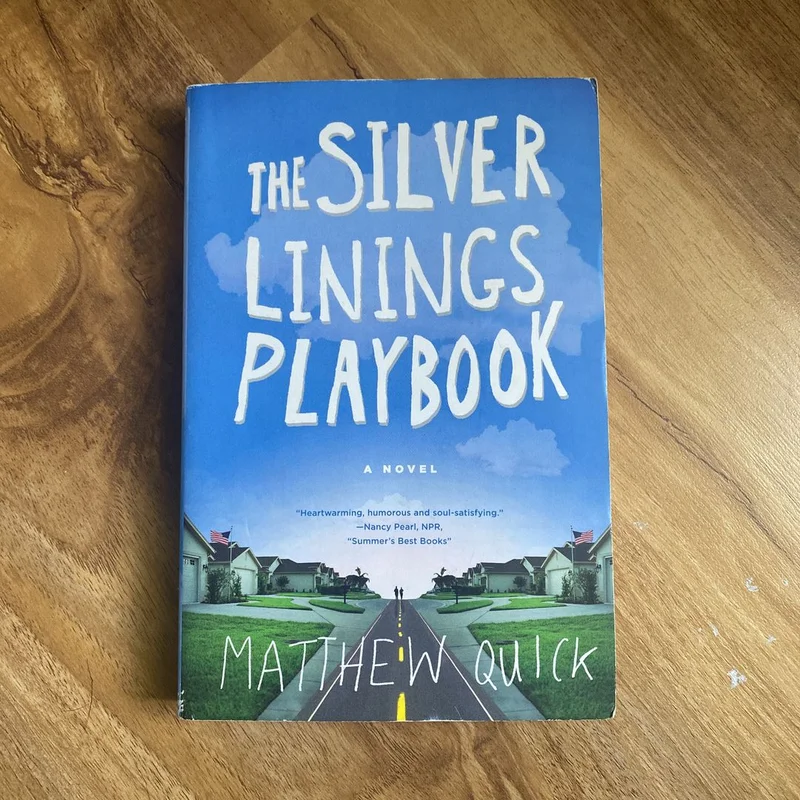
For protagonist Pat Peoples, a former teacher, only a few months have passed since he was admitted to a psychiatric facility, after which he is returning home. However, he is shocked to find out that it has, indeed, been years, and he has no idea what has happened to his estranged wife, Nikki. He is determined to rebuild his life and find the elusive “silver linings” in every situation. The novel, The Silver Linings Playbook, delves into Pat’s struggles with bipolar disorder, his quest for normalcy, and the complexities of family dynamics. As he attempts to reconcile with Nikki, he forms an unlikely bond with Tiffany, a widow dealing with her own emotional challenges.
Against the backdrop of a Philadelphia Eagles football season, Matthew Quick’s novel sensitively addresses mental health, offering a glimpse of Pat’s journey toward mental and emotional well-being. As Pat strives to prove himself worthy of Nikki’s love, he participates in a series of eccentric rituals and exercises to improve his mental and physical well-being. “The Silver Linings Playbook” stands out for its exploration of the human capacity for resilience and the healing power of connections. The characters, with their quirks and vulnerabilities, come alive on the pages, inviting readers to reflect on their own perceptions of normalcy and the importance of embracing life’s imperfections.
Hyperbole and a Half: Unfortunate Situations, Flawed Coping Mechanisms, Mayhem, and Other Things That Happened by Allie Brosh
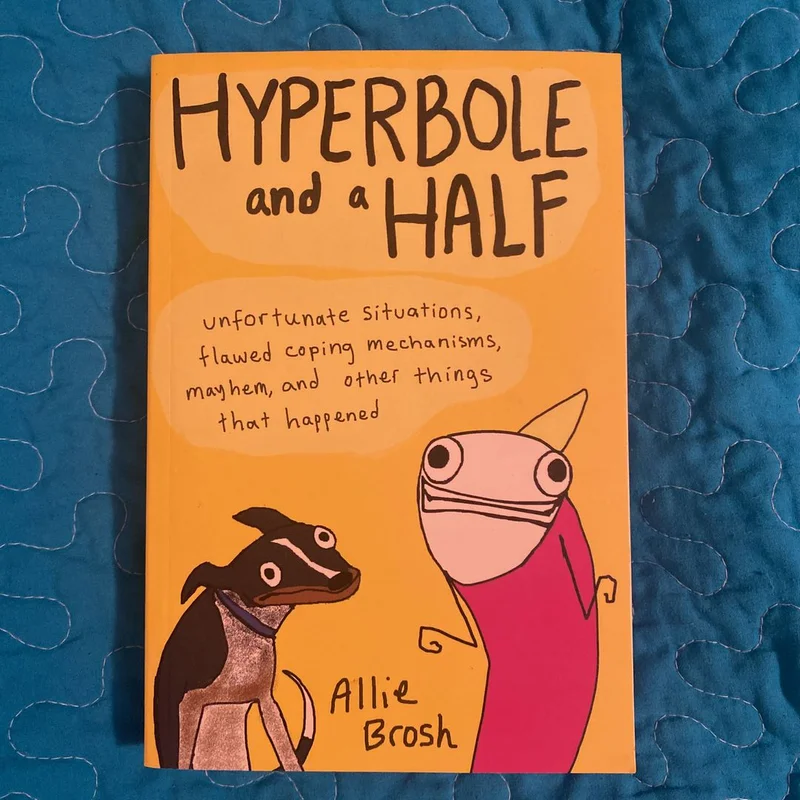
Allie Brosh’s “Hyperbole and a Half: Unfortunate Situations, Flawed Coping Mechanisms, Mayhem, and Other Things That Happened” is a unique and humorous exploration of the author’s life, mental health, and personal experiences. The book, an extension of Brosh’s popular webcomic of the same name, combines witty narratives with distinctive illustrations to delve into her quirks, struggles, and the often absurd nature of existence – following the ‘rage comics’ theme usually.
Structured as a collection of essays and comics, the book covers a range of topics, from childhood anecdotes to adulthood challenges. Brosh’s storytelling is marked by a blend of humour and vulnerability, offering readers a glimpse into her unconventional perspective on life. Her distinctive drawings add a whimsical touch to the narratives, enhancing the emotional impact of each story.
The book takes an unflinching look at mental health, detailing Brosh’s battles with depression and anxiety in a way that is both relatable and candid. It manages to balance light-hearted comedy with poignant reflections on the human condition. By sharing her own experiences, she invites readers to laugh, reflect, and find solace in the shared absurdities of the human experience.”
Eleanor Oliphant Is Completely Fine by Gail Honeyman
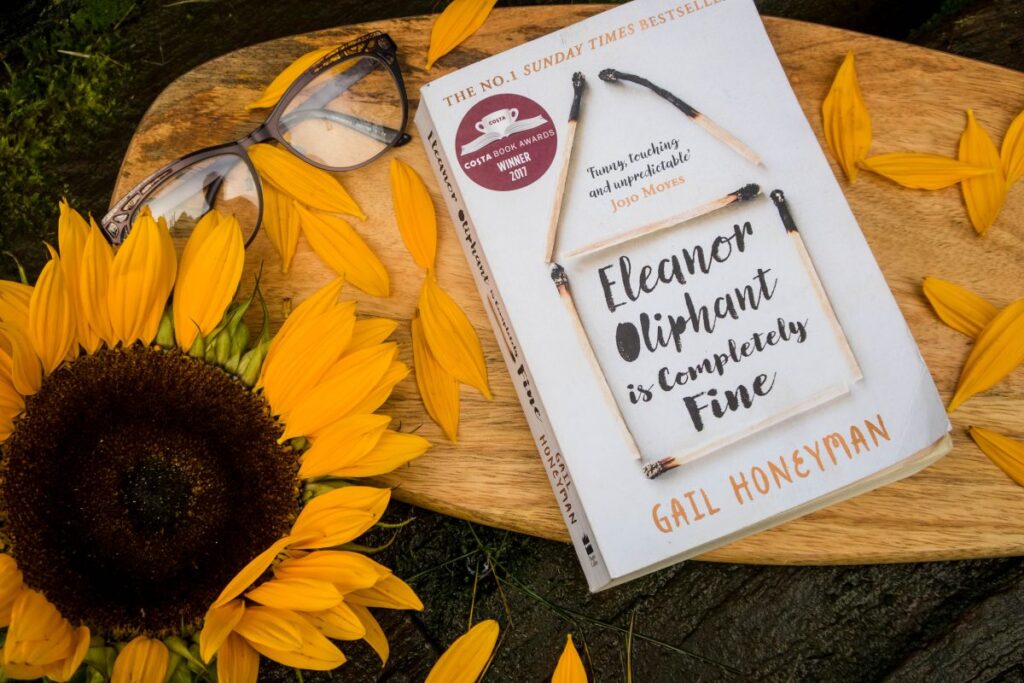
Eleanor Oliphant lives in Glasgow, Scotland, works as a finance clerk for a graphic design company, and is a socially awkward and meticulously organised woman leading a solitary life. She is academically intelligent, with a degree in Classics, and has very high standards of literacy. Every day on her lunch break, she completes the Daily Telegraph crossword, for example. However, this is in contrast with her parallel life on the weekends, when she has no one to hang out with and drinks two bottles of vodka on schedule. Despite the circumstances she operates in, she insists throughout the book that she is “completely fine”, even when she is made fun of by her colleagues and labelled a freak.
Eleanor’s routine takes an unexpected turn when she develops a crush on a musician and sets out to transform herself to win his affection. As Eleanor navigates this pursuit of love, readers are gradually exposed to the darker corners of her past – the trauma and isolation that have shaped her rather unconventional personality. The plot takes another turn when Eleanor forms an unexpected friendship with Raymond, a coworker, and together they intervene in the life of Sammy, an elderly man in distress, sparking a series of events that challenge Eleanor’s carefully constructed facade. The book skillfully explores themes of loneliness and mental health, unravelling the layers of Eleanor’s emotional struggles, and having the reader witness her gradual transformation from a woman merely surviving to one learning to embrace life, friendship, and love.


